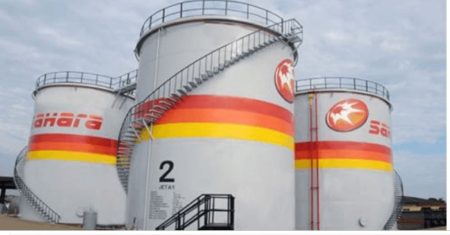Navigating Uncertainty: The Stable Outlook of the Global Reinsurance Industry
The global reinsurance industry faces a complex and uncertain landscape, grappling with challenges ranging from economic and geopolitical volatility to technological advancements and the increasing frequency of extreme weather events. Despite these headwinds, the industry has demonstrated remarkable resilience, positioning itself to weather the storm and maintain a stable outlook. This resilience is rooted in the industry’s inherent ability to manage risk and adapt to evolving circumstances.
Economic and Geopolitical Volatility: A Constant Challenge
Economic and geopolitical uncertainties loom large over the reinsurance industry. The possibility of a recession or economic slowdown poses significant risks to insurers’ investment portfolios. Geopolitical tensions, including conflicts and trade disputes, further complicate the global landscape, adding layers of complexity to risk assessment and underwriting. However, industry leaders emphasize that uncertainty is an intrinsic part of the insurance business. Insurers have historically demonstrated their ability to navigate periods of economic and political instability, leveraging their expertise in risk management to mitigate potential losses and maintain financial stability.
Technology and AI: Transforming the Industry
The rapid pace of technological advancements, particularly in artificial intelligence (AI), is transforming the reinsurance industry. AI and machine learning are being increasingly integrated into various aspects of the business, from underwriting and claims processing to fraud detection and customer service. While these technologies offer significant opportunities to enhance efficiency and improve risk assessment, they also introduce new challenges. Insurers must grapple with the ethical implications of AI, ensuring fairness and transparency in algorithmic decision-making. They also need to invest in the necessary infrastructure and expertise to effectively harness the power of these technologies.
Climate Change and Extreme Weather: An Escalating Threat
The escalating frequency and severity of extreme weather events, driven by climate change, pose a growing threat to the reinsurance industry. Hurricanes, floods, wildfires, and other natural disasters are resulting in increasingly costly insured losses. Insurers are responding to this challenge by developing innovative risk transfer mechanisms, incorporating climate change models into their underwriting processes, and promoting climate resilience through sustainable investment practices. The ability of the reinsurance sector to accurately assess and price these risks is critical to its long-term stability.
Regulation and Compliance: A Complex Web
The regulatory landscape for the reinsurance industry continues to evolve, adding another layer of complexity to the operating environment. Insurers must navigate a complex web of domestic and international regulations, ensuring compliance with evolving capital requirements, data privacy laws, and accounting standards. These regulatory changes can impact profitability and necessitate strategic adjustments to business models. However, they also serve to strengthen the industry’s financial stability and foster greater transparency.
Optimism Amidst Uncertainty: The Value of Reinsurance
Despite the prevailing uncertainties, there is a sense of optimism within the reinsurance industry. The industry’s core function of transferring risk becomes even more critical during periods of uncertainty. Businesses and individuals increasingly rely on insurance to protect themselves against unforeseen events, driving demand for reinsurance services. Moreover, the complexity of the global landscape creates opportunities for insurers to develop innovative products and services, catering to the evolving needs of their clients. The reinsurance industry’s adaptability, coupled with its inherent focus on risk management, positions it to navigate the challenges ahead and maintain a stable trajectory.














